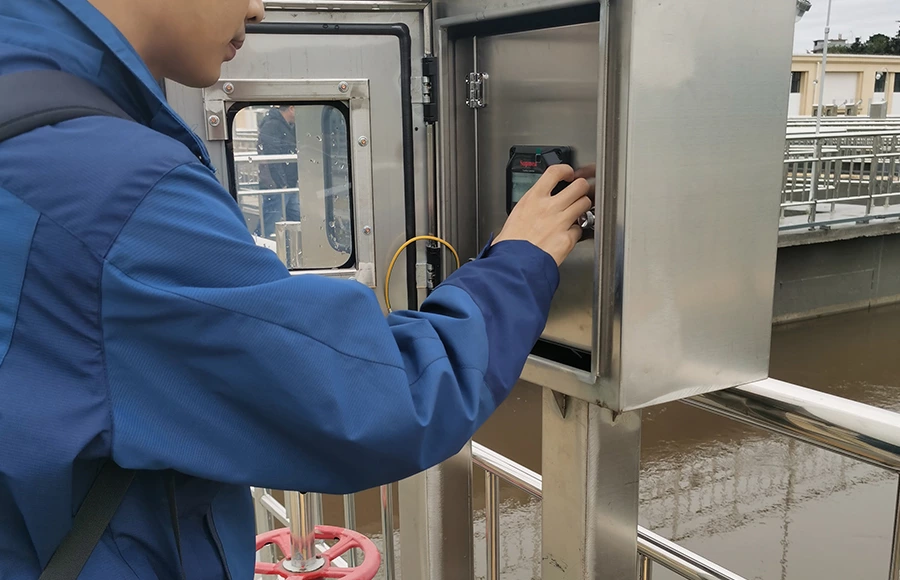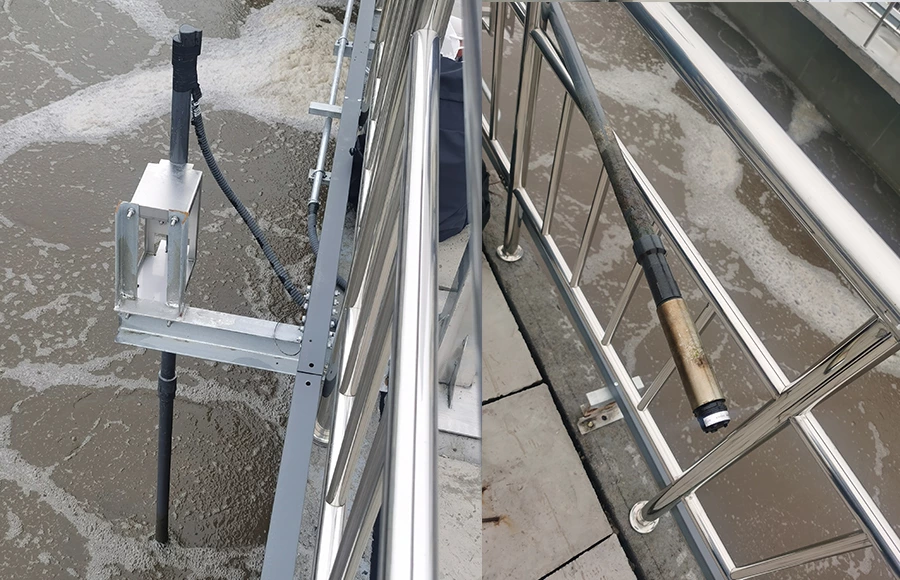Sewage Treatment Plant Case Study
In sewage treatment, three key instruments are commonly employed: radar level gauges, pH meters, and dissolved oxygen meters. Each of these instruments measures distinct parameters and plays a critical role in the treatment process.
Radar Level Gauge
This instrument operates on the principle of electromagnetic wave reflection to measure liquid levels. It is suitable for monitoring highly corrosive liquids and offers advantages such as compact antenna design, wear-free operation, and high precision. In sewage treatment, radar level gauges are used to track liquid level changes in sewage tanks, sedimentation tanks, and aeration tanks, enabling timely adjustments to flow and pressure.
pH Meter
A pH meter measures the acidity or alkalinity of a solution and consists of a sensor (glass electrode), a transmitter, and a display. In sewage treatment, pH meters monitor the pH levels of incoming and outgoing water, ensuring proper reaction conditions and protecting equipment from corrosion or damage.
Dissolved Oxygen Meter
This instrument measures the oxygen content in a solution and includes a sensor (oxygen electrode), a transmitter, and a display. In sewage treatment, dissolved oxygen meters are essential for monitoring oxygen levels in aeration tanks and biochemical reactors, helping to optimize aeration time and regulate biological activity.


